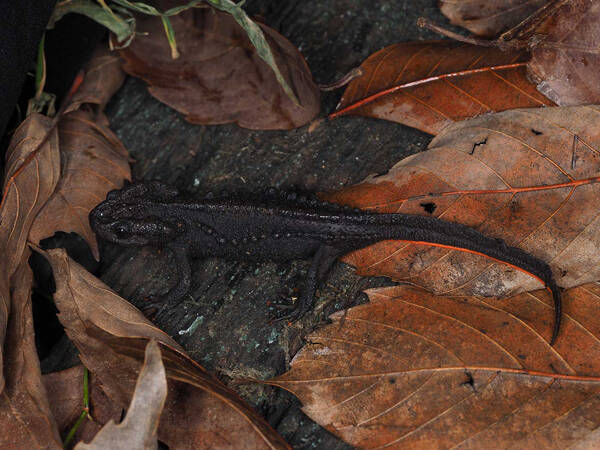
Yaotriton ziegleri
Yaotriton ziegleri
Cai's Yaoteng is an amphibian of the family Salamandridae and genus Yaot···
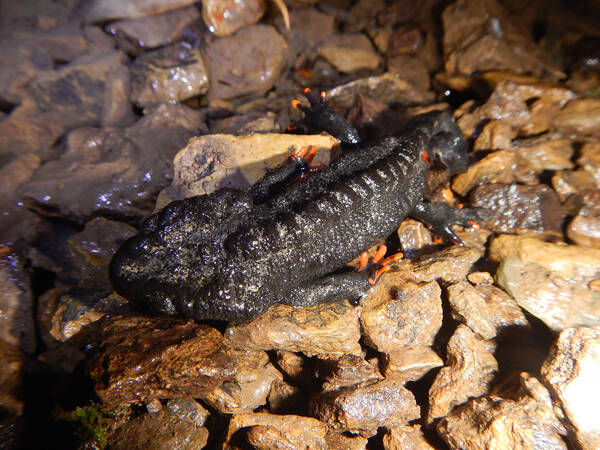
Yaotriton wenxianensis
Yaotriton wenxianensis,
Wenxian Yaoteng is an amphibian of the family Salamandridae and genus Yaoten···
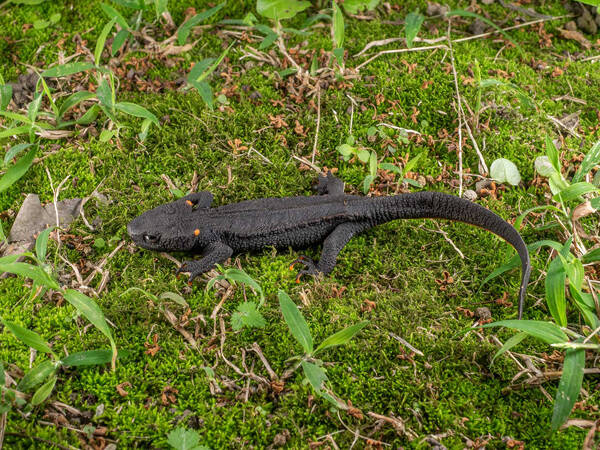
Yaotriton lizhenchangi
Yaotriton lizhenchangi
The Mangshan Yaoteng is an amphibian of the family Salamandridae and the gen···
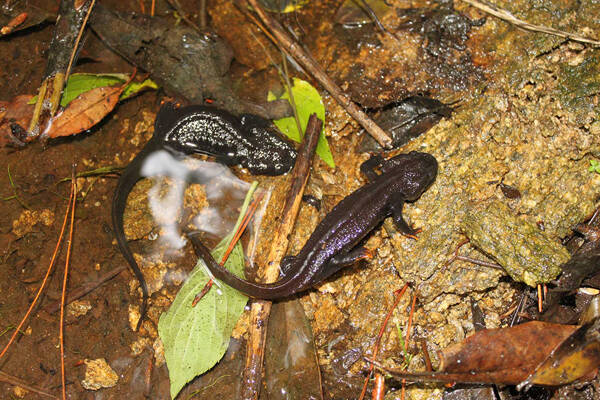
Yaotriton liuyangensis
Yaotriton liuyangensis
Liuyang Yaozhi is an amphibian of the family Salamandridae and genus Yaozhi.···
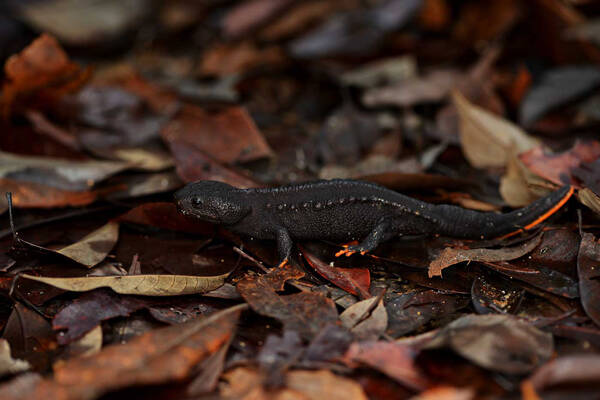
Yaotriton hainanensis
Yaotriton hainanensis
Hainan Yaoteng is an amphibian of the family Salamandridae and the genus Yao···
